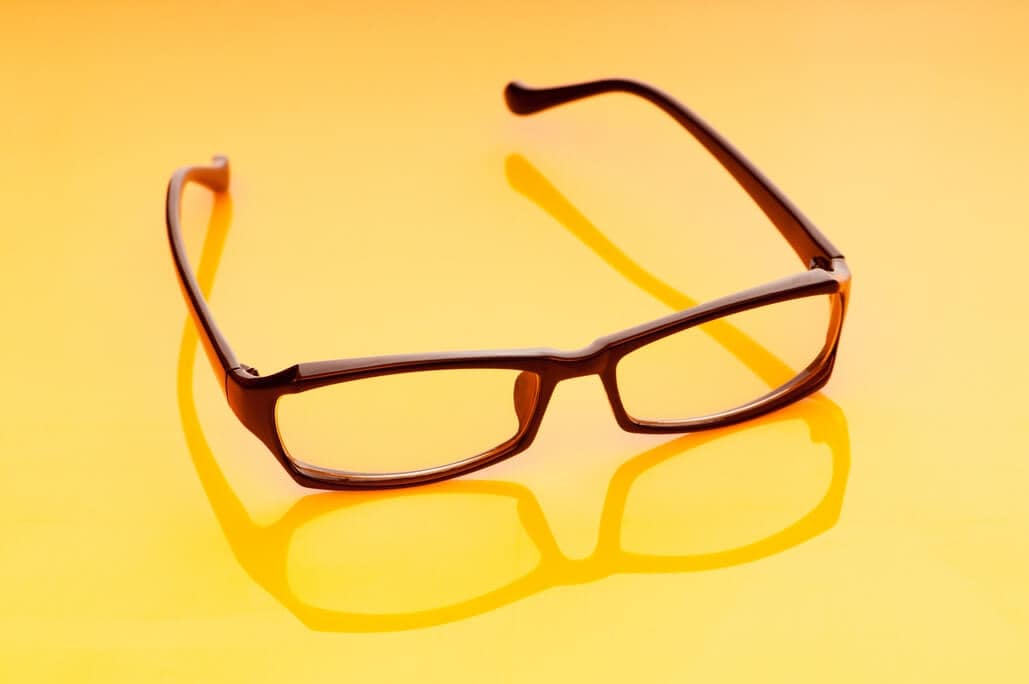A pair of glasses is designed specifically for you. From the size of the frame to the resting position of your eyes within the lens, they can be customized precisely to provide you with the best vision possible.
This is important not only for vision, but also for aesthetic, comfort and functionality. Below are some of the measurements our opticians will take from you to help create the best glasses for your needs.
Pupillary Distance (PD)
This is the distance between the pupils of your eyes. More specifically, it is the measurement between your pupils, the black circle in the center of your eyes through which light enters.
This can be taken as a distance between the eyes or separate measurements for each eye. This distance can also vary depending on whether you are looking in the distance, at the computer, or up close for near tasks.
A tool called a pupillometer will often be used to determine these measurements. Additionally, precise markings of the pupil centers when you are wearing your frame of choice can also provide us with the numbers we need.
Glasses Measurements and Vertex Distance
This is the distance between the back surface of the glasses and the front of your eyes. It is often more important for those with higher prescriptions as the distance between the lenses and your eyes will affect the strength of the lenses.
The distance at which your eyes were tested in the exam room may differ from the frame you choose, and this can have a large impact on achieving optimal vision.
It is crucial for our opticians to measure the position of the lenses on your face and the specific distance between the lenses and your eyes to compensate for any differences.
Pantoscopic Tilt is the “Tilt” of Your Frame
The tilt of the glasses refers to the angle of the lenses in relation to your face vertically. Typically, the bottom of the lenses or frame will be angled towards your cheeks while the top of the frame is angled slightly away from your brow bone.
Ensuring that the tilt is appropriate and not too extreme in either direction is key for excellent comfort and vision. This is measured in-office using a special device that determines the angle of the lenses and can be adjusted on most frames to fit your face shape.
Face Wrap is the Frame Curvature
The face wrap refers to how curved the glasses frame is to the rest of the face. For example, those that want to use their glasses for sports or protection from wind would like to have high wrap to their glasses and lenses.
This is also measured in-office using a tool that determines the angle and extent that the frame is curving. Some lenses will not be able to handle large amounts of wrap due to a lack of flexibility.
The Fitting Height is Crucial
The vertical position of your eyes behind the glasses is also important. This measurement is crucial in patients with high prescriptions and particularly for those interested in progressive lenses.
This is because the wrong fitting height can interrupt the regions of the lens that are meant for optimal vision, specifically for near or distance vision, as the eyes may be sitting in the wrong spot. One of our opticians will determine the location of your eyes vertically and subsequently measure the height from the bottom of the frame.





